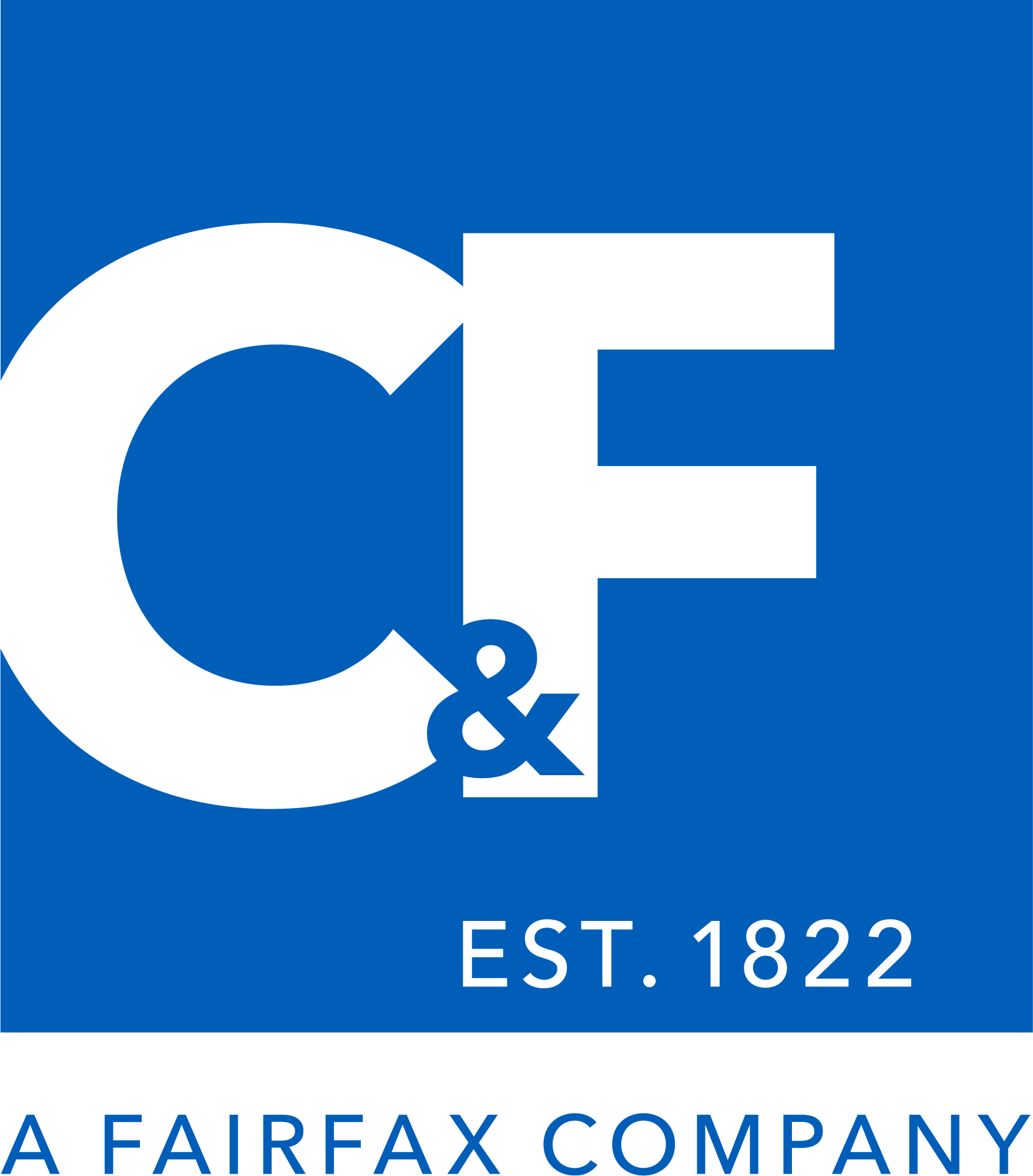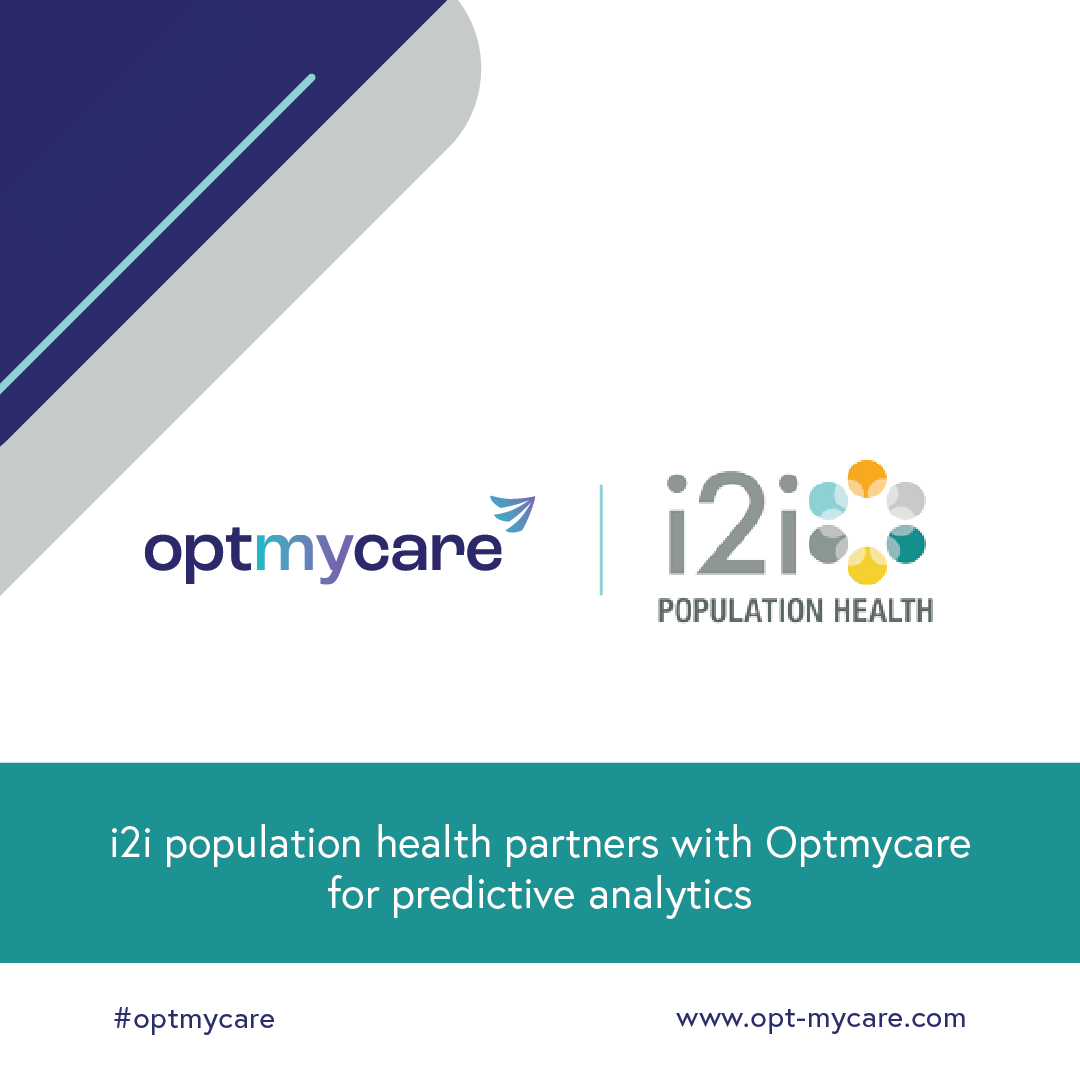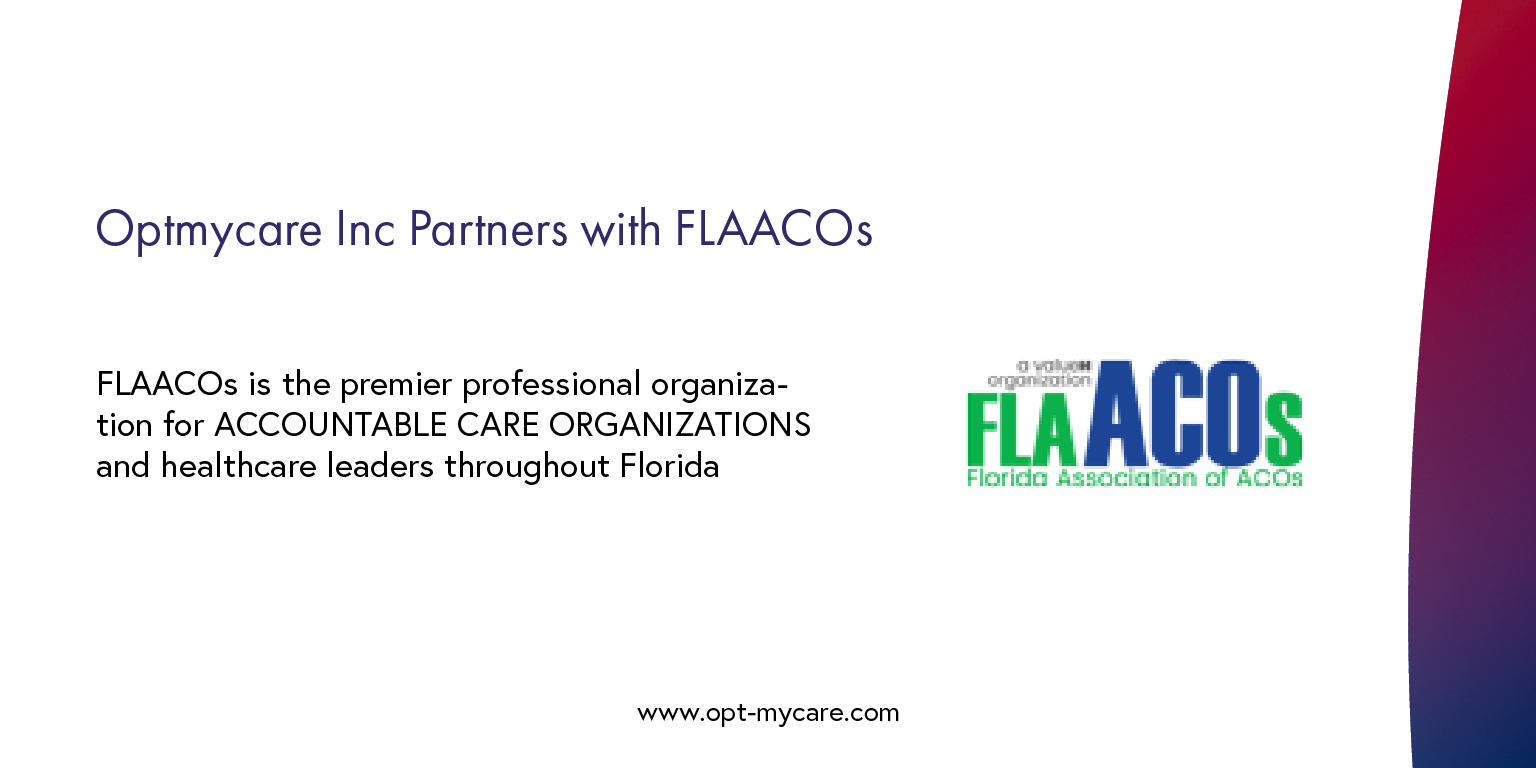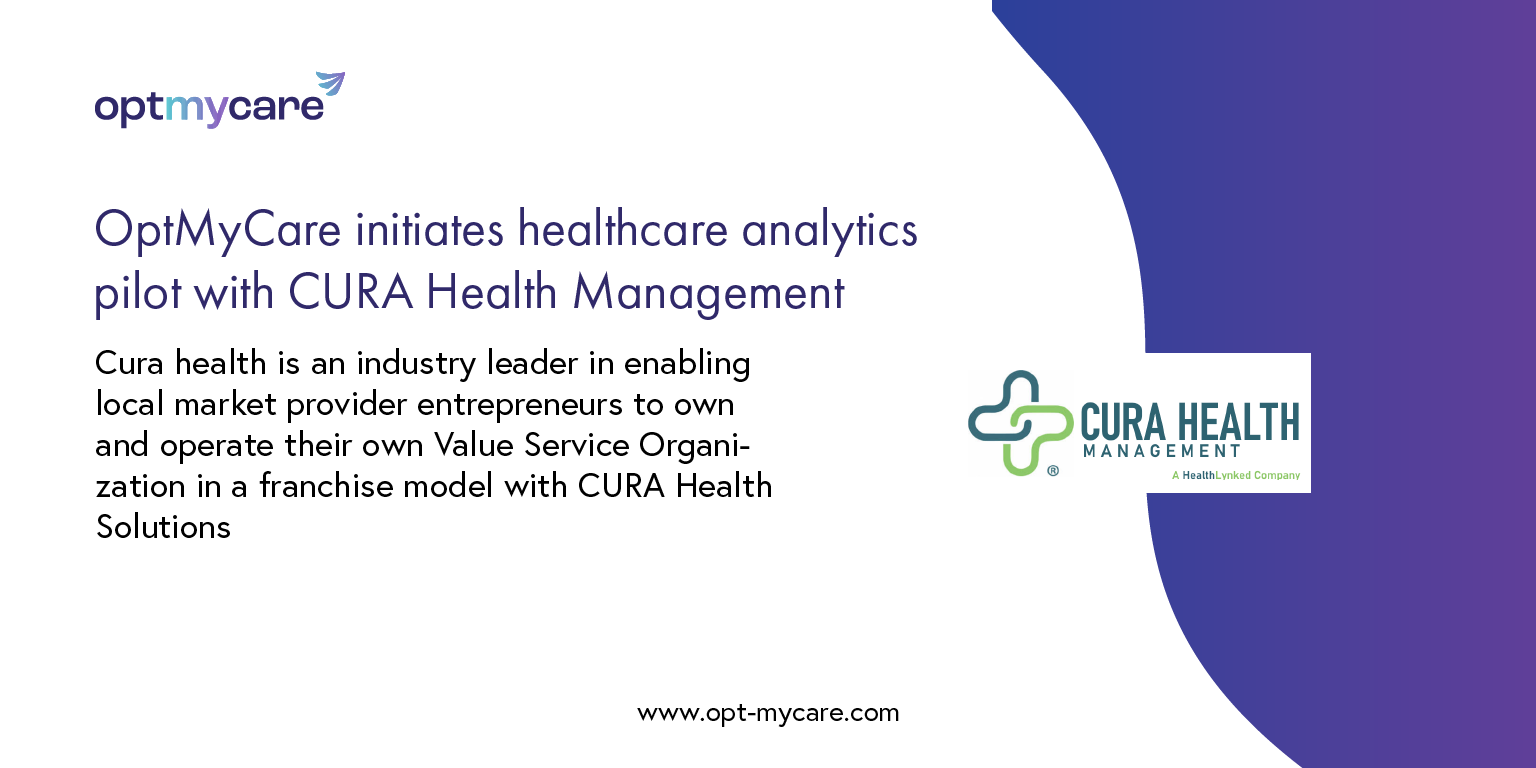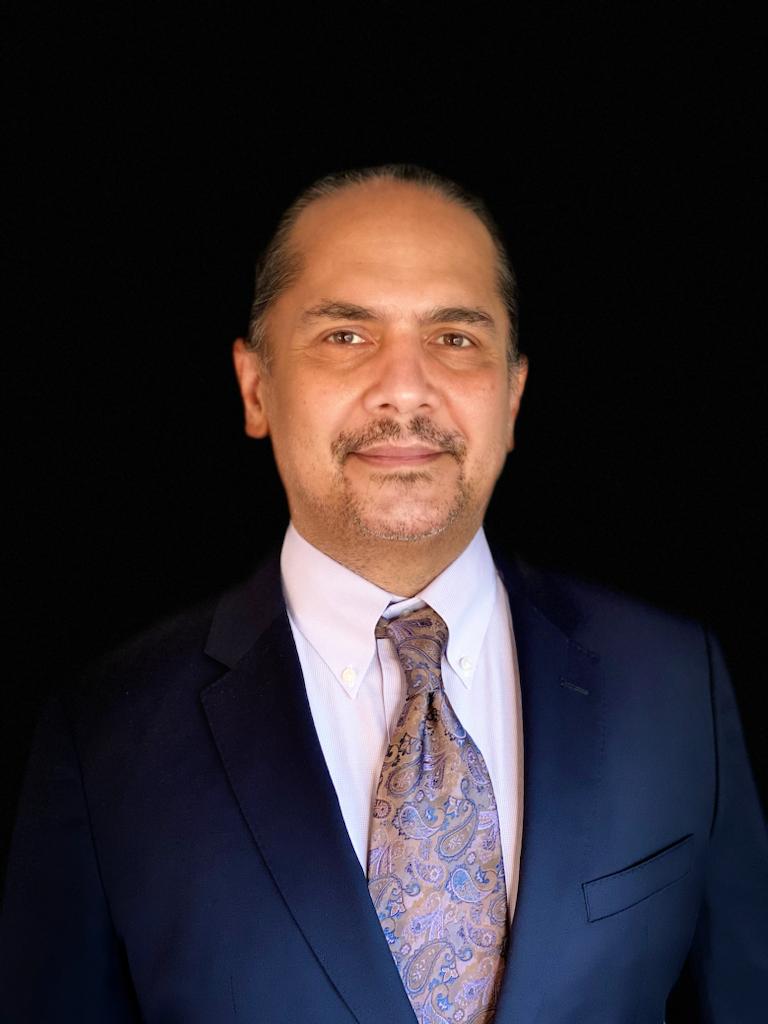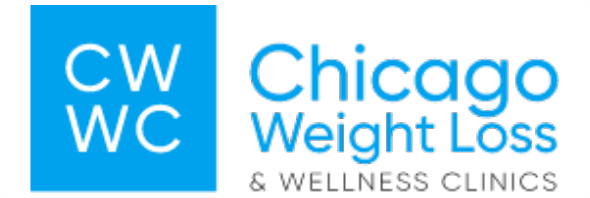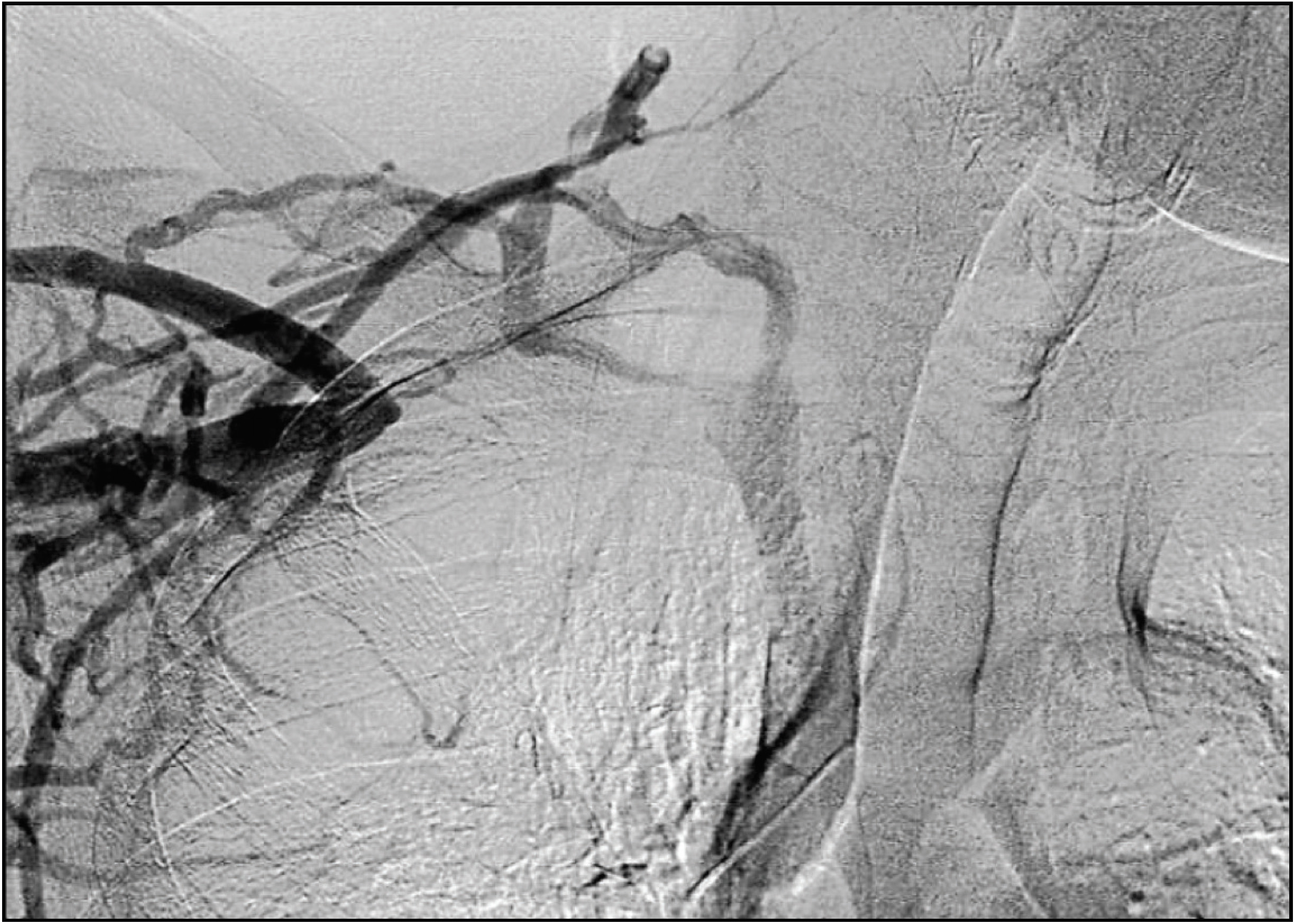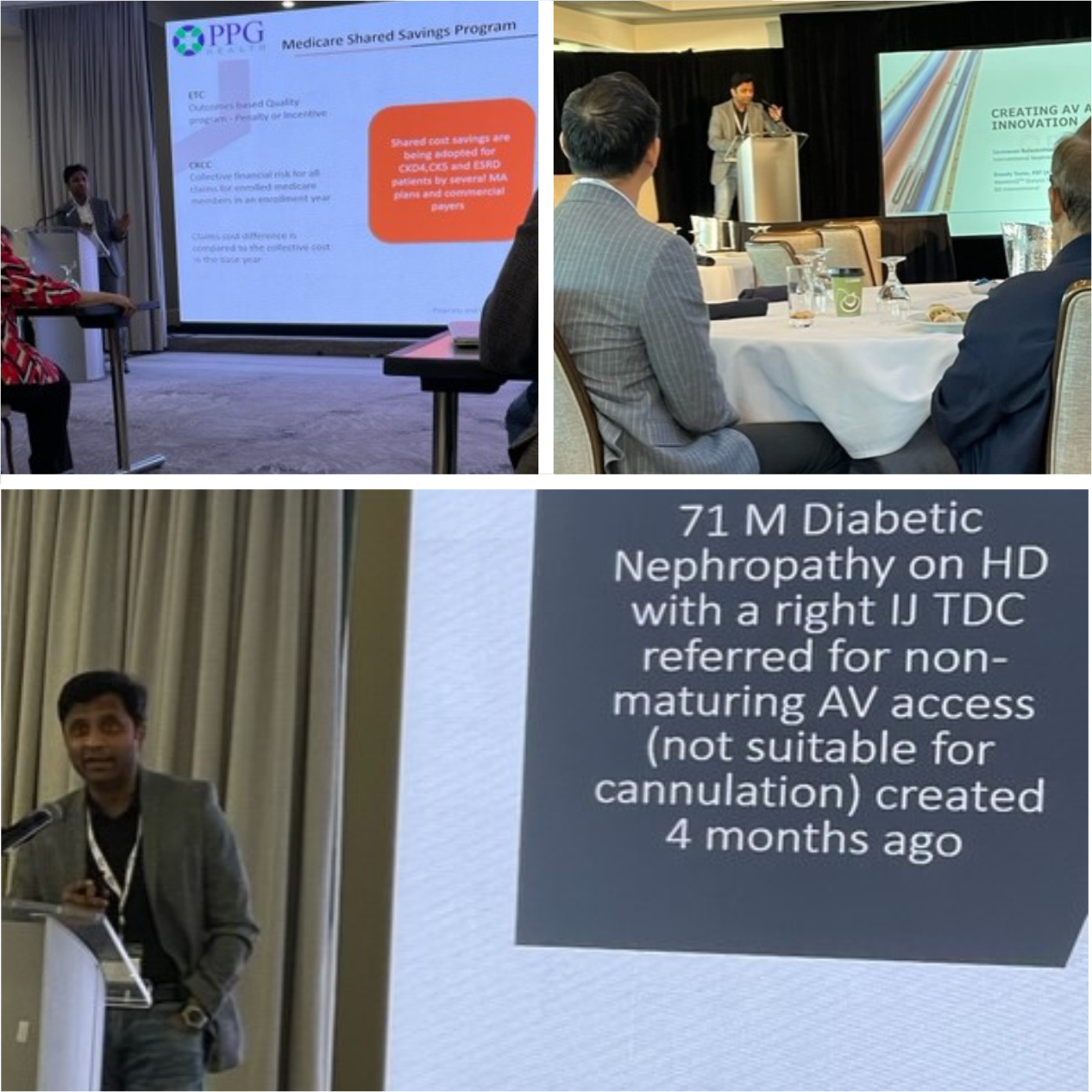CARDIOVASCULAR DISEASE
ATRIAL FIBRILLATION
The Heart Rhythm Society (HRS) and National Stroke Association, in collaboration with Boehringer Ingelheim (BI), fielded a survey in May of 2014 to physicians, AFib patients and caregivers. The purpose of the survey was to measure awareness about AFib and stroke, determine baseline understanding of risk factors, and identify barriers to communication between patients/caregivers and providers. It asked similar questions of physicians, patients with AFib , stroke survivors with AFib and their caregivers to uncover differences in their perceptions of communication about AFib and stroke risk and to shed light on potential treatment compliance barriers. More than 1,200 respondents participated in the survey including 507 physicians, 499 AFib patients, and 203 caregivers of stroke survivors with AFib. The survey marks the first time HRS, National Stroke Association and BI have worked together with the common goal of raising awareness around AFib and stroke.
Some findings:
- Vast majority of physicians surveyed (90 percent) believe AFib patients underestimate the impact of AFib-related stroke on their daily lives, while four in five (79 percent) believe AFib patients are in denial about their risk of experiencing an ischemic stroke.
- 65% of patients surveyed responded that they were not previously aware that AFib-related strokes are nearly twice as likely to be fatal
- 32 percent of surveyed AFib patients who have not experienced a stroke do not believe they would be able to describe the most common symptoms of stroke.
- Majority of patients who had a stroke did NOT know they had AFib : 61 %
- AFib is the most common arrhythmia, affecting more than 2.7 million Americans ( conservative estimate- currently numbers around 6 million), and makes AFib patients five times more likely to have a stroke than people without AFib .AFib-related strokes are nearly twice as likely to be fatal or severely disabling as non-AFib-related strokes.
- Nearly three in four stroke survivors (73 percent) surveyed say that experiencing a stroke was worse than they could have imagined, and many survivors and caregivers have had to give up jobs, activities or hobbies that brought them joy.
When asked about common barriers to patient education, physicians cited the following as the top three perceived challenges:
Patient feels risk of AFib-related stroke goes away once symptoms are being treated
Patient thinks risks outweigh the benefits for medications reducing the risk of AFib-related stroke
Patient has trouble understanding what is being explained
HEART FAILURE
Heart failure happens when the heart cannot pump enough blood and oxygen to support other organs in your body. Heart failure is a serious condition, but it does not mean that the heart has stopped beating.
Facts About Heart Failure in the United States
- About 6.2 million adults in the United States have heart failure.
- In 2018, heart failure was mentioned on 379,800 death certificates (13.4%).
- Heart failure costs the nation an estimated $30.7 billion in 2012.2 This total includes the cost of health care services, medicines to treat heart failure, and missed days of work.
What are the risk factors for heart failure?
Certain medical conditions can increase your risk for heart failure, including
- Coronary artery disease (CAD) (the most common type of heart disease) and heart attacks
- Diabetes
- High blood pressure
- Obesity
- Other Conditions Related to Heart Disease
- Valvular Heart Disease
Unhealthy behaviors can also increase your risk for heart failure, especially for people who have one of the conditions listed above. Unhealthy behaviors include:
- Smoking tobacco
- Eating foods high in fat, cholesterol, and sodium
- Not getting enough physical activity
- Excessive alcohol intake
CORONARY ARTERY DISEASE
What is coronary artery disease?
Coronary artery disease (CAD) is the most common type of heart disease in the United States. It is sometimes called coronary heart disease or ischemic heart disease.
For some people, the first sign of CAD is a heart attack. You and your health care team may be able to help reduce your risk for CAD.
What causes coronary artery disease?
CAD is caused by plaque buildup in the walls of the arteries that supply blood to the heart (called coronary arteries) and other parts of the body.
Plaque is made up of deposits of cholesterol and other substances in the artery. Plaque buildup causes the inside of the arteries too narrow over time, which can partially or totally block the blood flow. This process is called atherosclerosis.
What are the risks for coronary artery disease?
Overweight, physical inactivity, unhealthy eating, and smoking tobacco are risk factors for CAD. A family history of heart disease also increases your risk for CAD, especially a family history of having heart disease at an early age (50 or younger).
To find out your risk for CAD, your health care team may measure your blood pressure, blood cholesterol, and blood sugar levels.


